Section 2
Who Makes U.S. Foreign Policy?
Book
Version 13
By Boundless
By Boundless
Boundless Political Science
Political Science
by Boundless
6 concepts
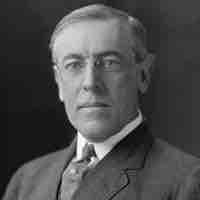
The President
The president is very influential in US foreign policy, and directs the nation's war-waging, treaties, and diplomatic relations.
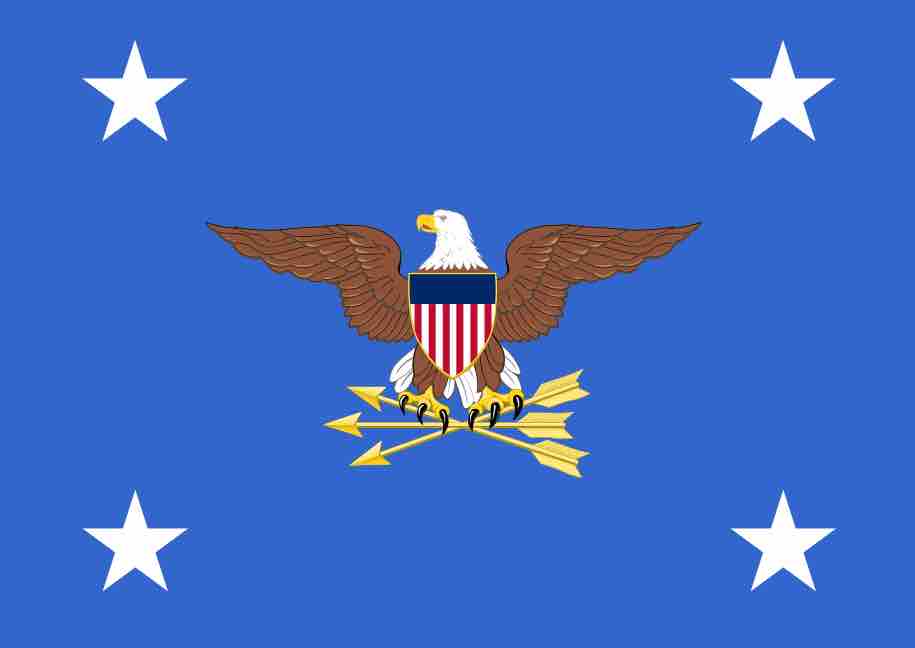
The Cabinet
The secretary of state and secretary of defense play key roles in assisting the president with foreign policy.
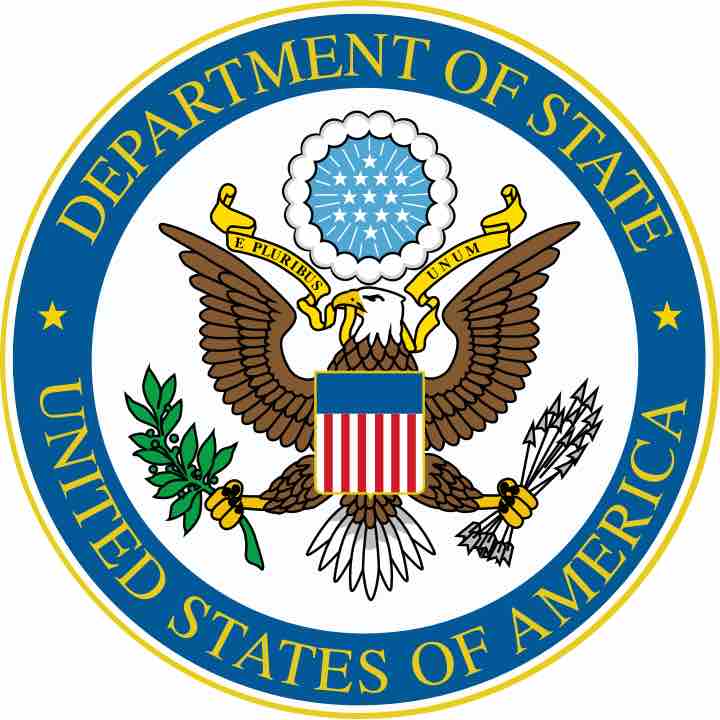
The Bureaucracy
Prominent bureaucratic organizations shaping U.S. foreign policy include the State Department, the Defense Department, and the CIA.
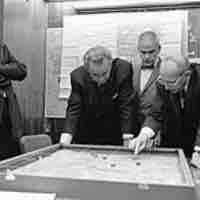
Congress
Two constitutional clauses, the Constitution and Foreign Commerce Clause and the War Power Clause, give Congress foreign policy powers.

Interest Groups
Foreign policy interest groups are domestic advocacy organizations which seek to influence the government's foreign policy.
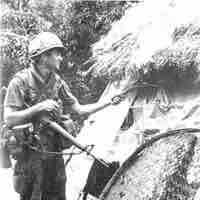
The Media
The media has changed how citizens perceive and approach about U.S. Foreign Policy in the 20th century.